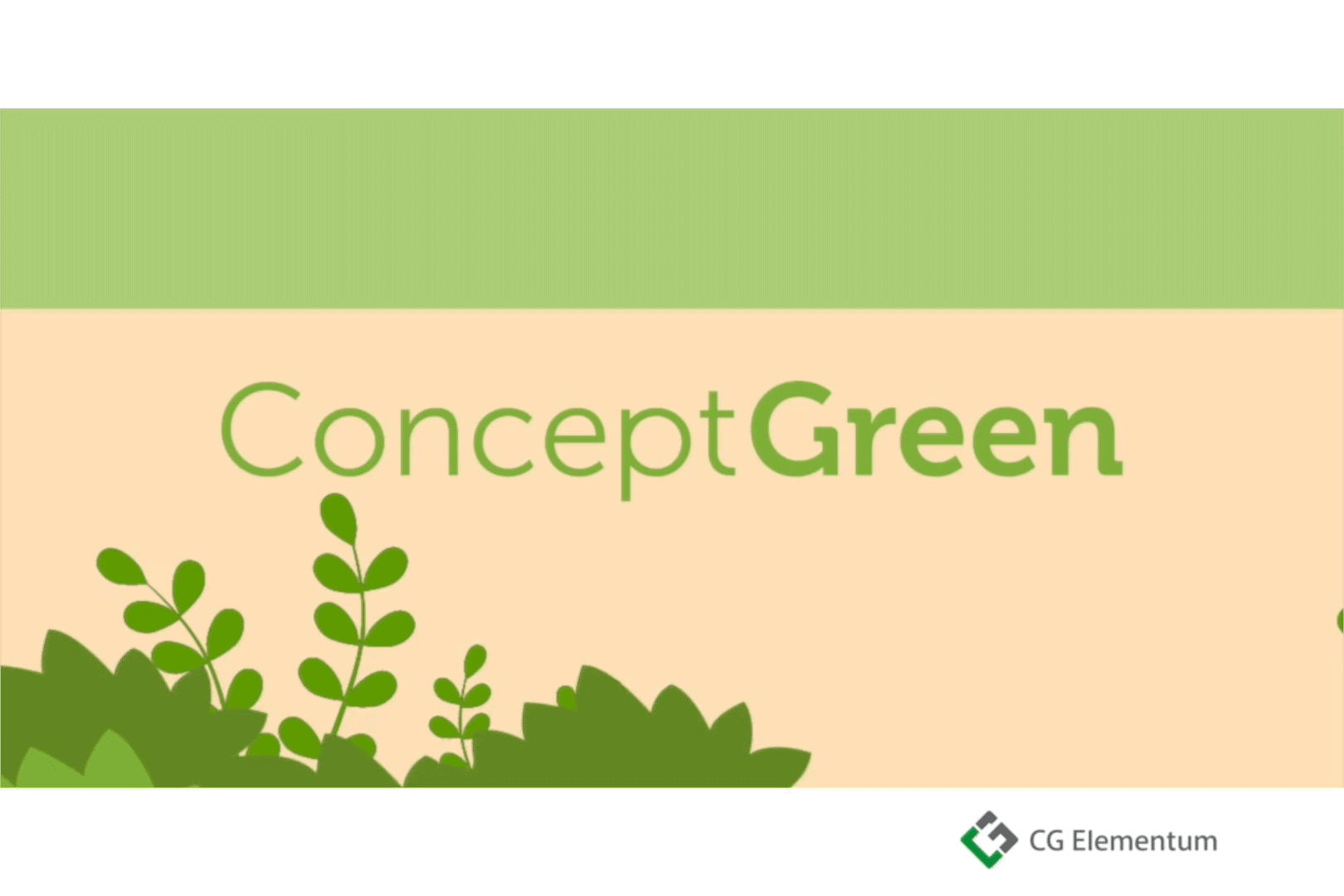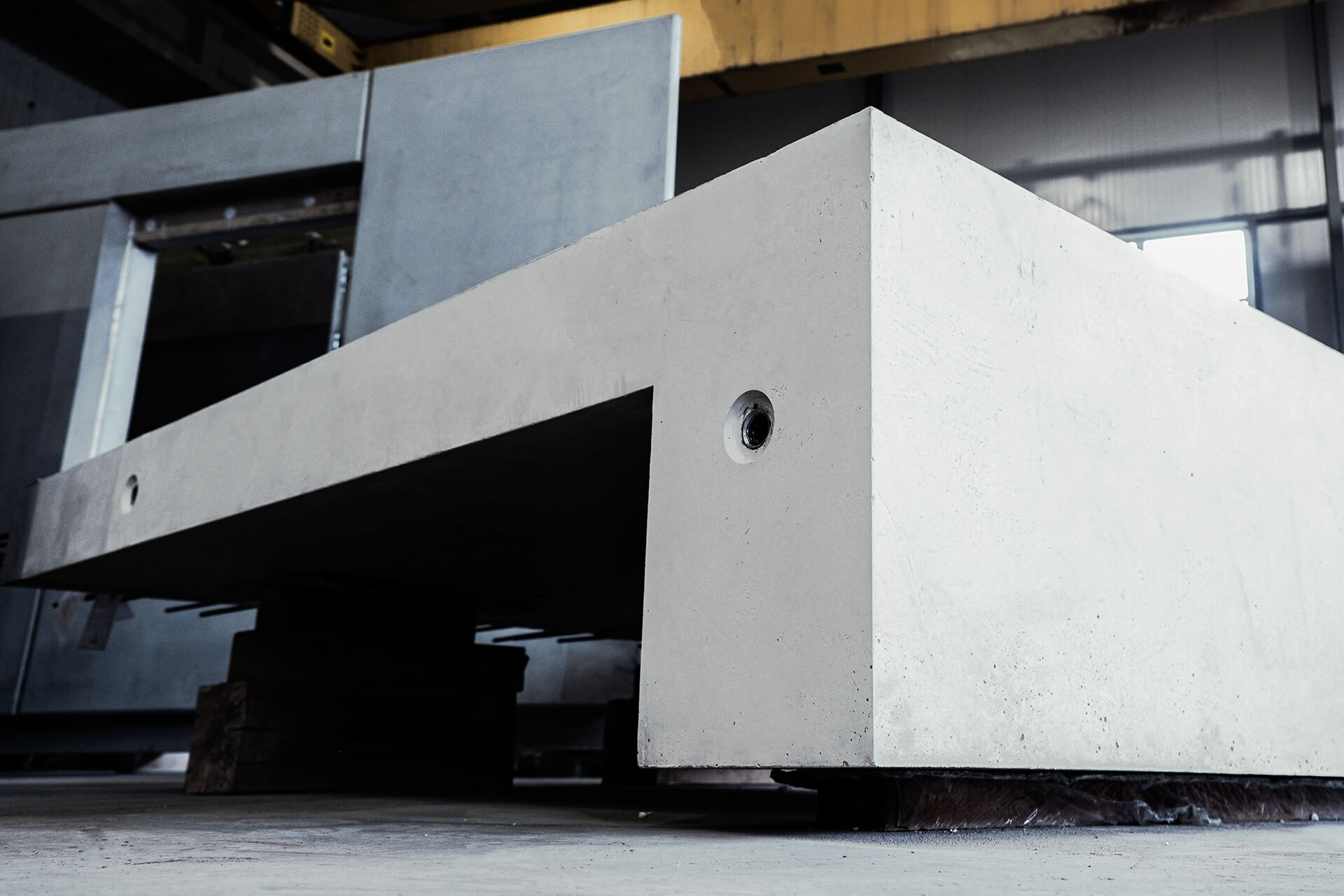Digital construction
BIM – the six-dimensional solution
We are committed to digital construction using Building Information Modelling (BIM). This solution involves six dimensions: in addition to three-dimensional planning for project development purposes, digital BIM models are used for the other pivotal dimensions of cost and time. Beyond the construction phase, they are also applied for a property’s use phase to reduce lifecycle costs such as energy, maintenance and repair.
Custom planning, serial manufacture – how prefabrication works
We work closely with EMC European Modular Constructions GmbH (EMC), which will open the doors to EMC I, its first prefabricated concrete components factory, near Erfurt in March 2021. This will deliver ready-to-install wall and ceiling units made in an automated production process.
Production will be based on architectural plans created using the EMC construction system. Design and production processes will dovetail seamlessly to support this, offering significant cost and time benefits over conventional manufacturing processes. Common sources of error will also be reduced.
Precision planning within the BIM process will ensure just-in-time delivery – regardless of what the weather holds (off-site). The finished building components, which can be customised in every detail, will only be assembled and installed on-site.
Off-site
Parametric construction system based on prefabricated concrete components
CAD model to support architects and planners; CAD data is transferred from the design process to the production process
Manufacture of prefabricated components in a highly automated carousel system
Fully automatic storage system
Integrated management of production, storage and logistics
Delivery of ready-to-install walls and ceilings to the construction site
On-site
We aim to integrate BIM and prefabrication in order to make construction faster and less expensive, while still allowing it to be customised to a high degree, in keeping with our mission to supply high-quality living space at affordable prices.
Cooperation with EMC I
After contributing massively to the setup of EMC I over the past few years, CG Elementum has now sold the prefabricated components factory near Erfurt to a strategic investor. However, production capacity for our own projects has been secured.
Thanks to the central production site of our EMC I partner firm in Amt Wachsenburg, near the Erfurt motorway junction, we will be able to ensure efficient overnight delivery to all relevant locations in Germany.
Our future project: EMC 2.0
In our EMC 2.0 project development in Mülheim-Kärlich near Koblenz in Rhineland-Palatinate, we are planning a logistics centre alongside a production facility with adjoining offices to create a cutting-edge prefabricated components factory.
By establishing a highly flexible manufacturing platform for the sustainable production of construction units, we will be able to significantly increase our vertical integration compared with EMC I and greatly expand our product range, both in terms of materials used and functions served. There is also the option to scale internationally into neighbouring markets.



